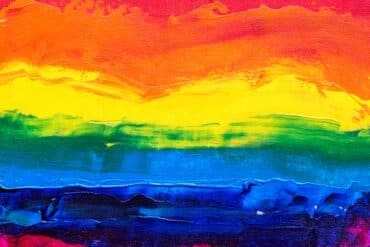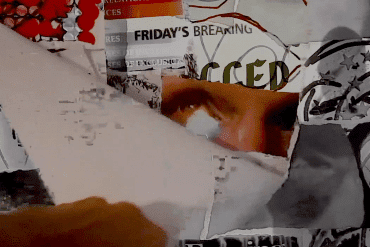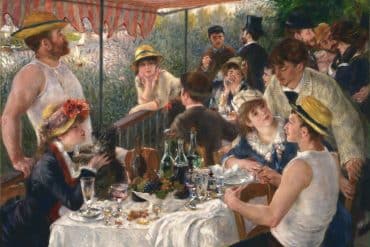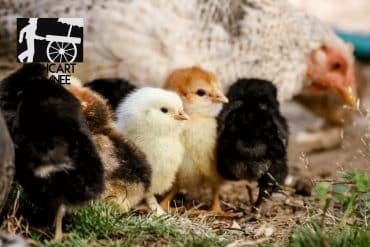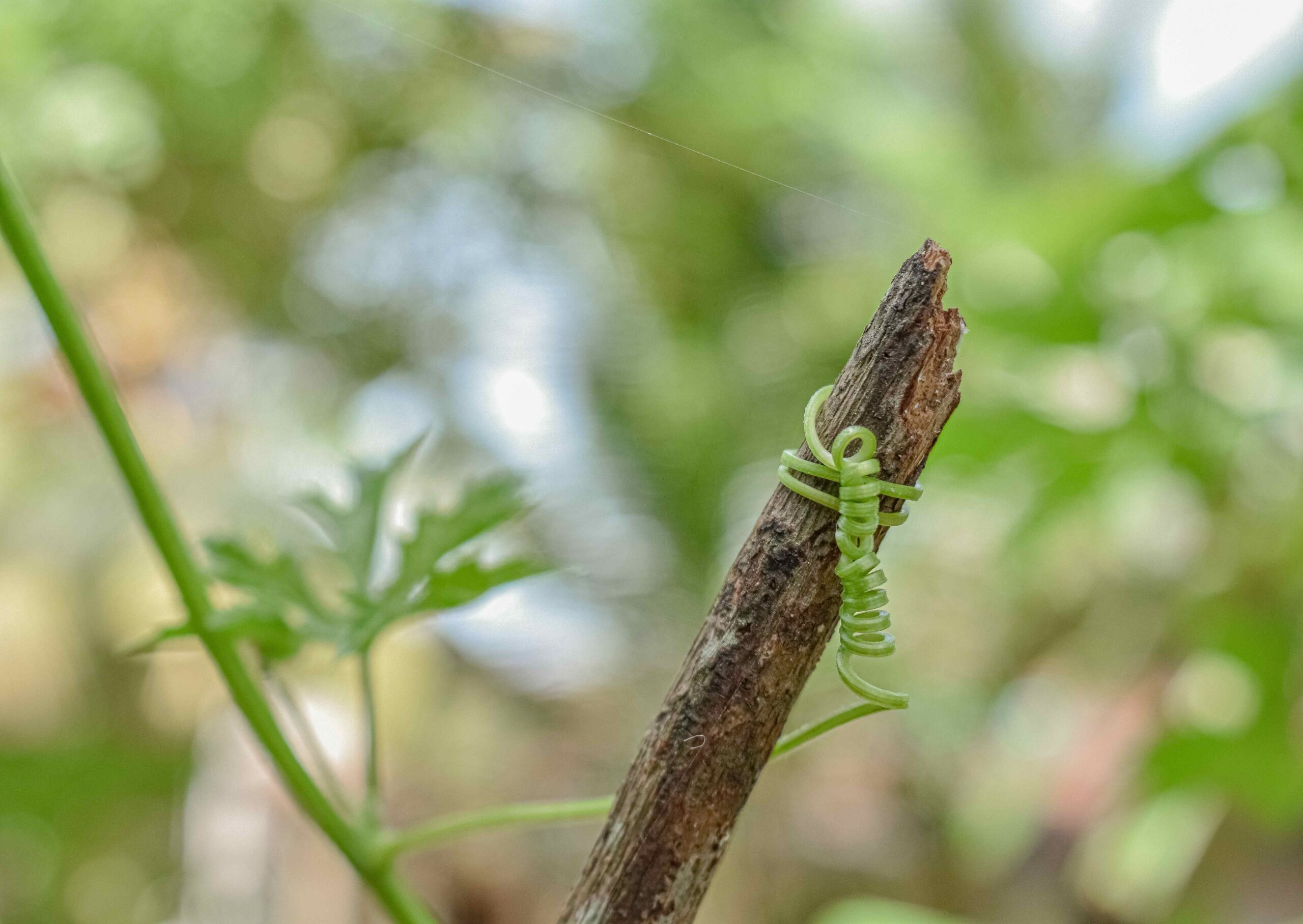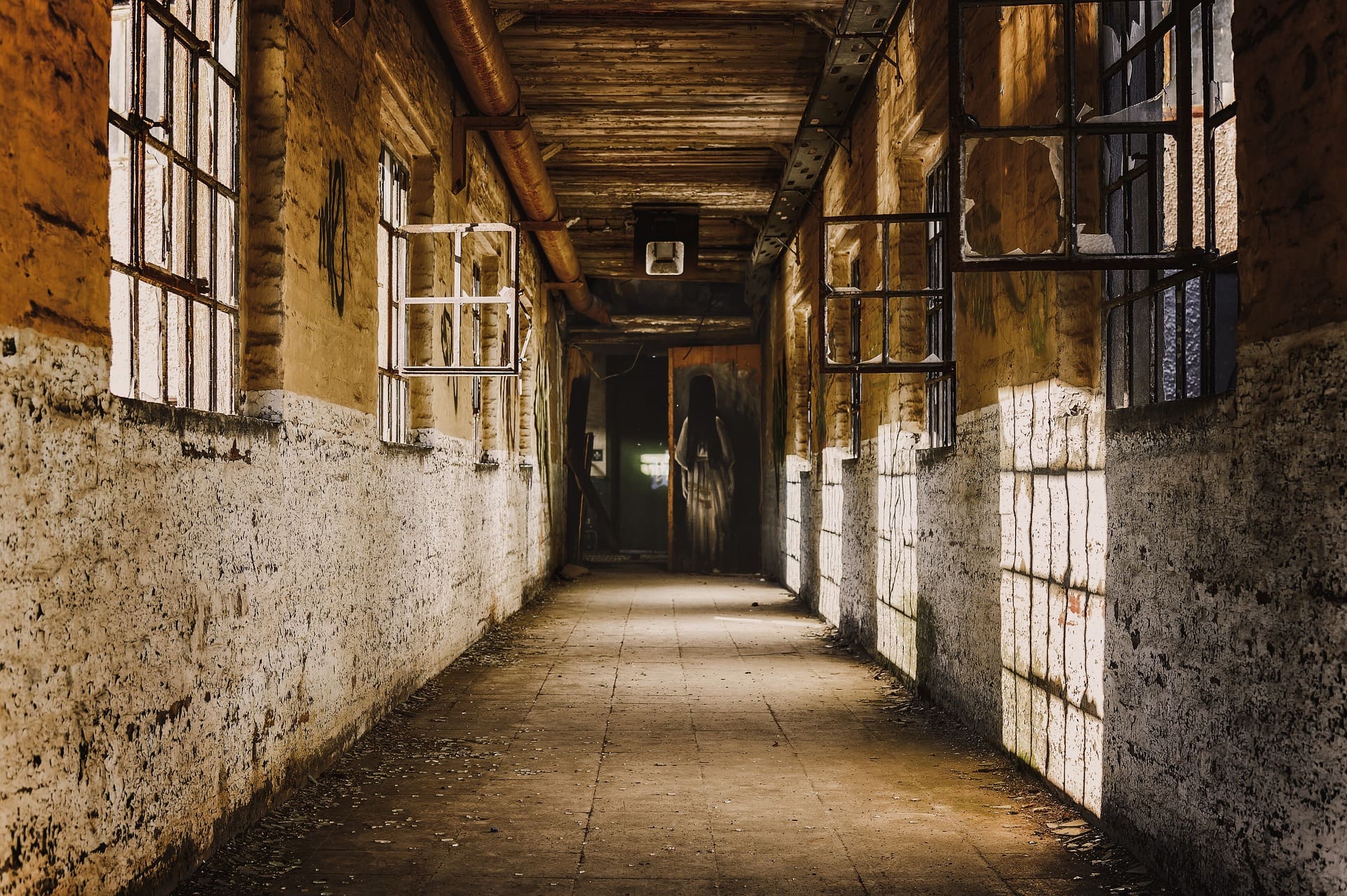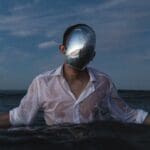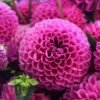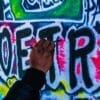The Call of Otherness: Fear & Awe
Our editor Ulla-Maija Matikainen who is also a poet and writer is questioning the call of otherness and narrates her discovery about the sameness that she has seen everywhere in time and space. The otherness and fear are the two things she has been digging to unravel.
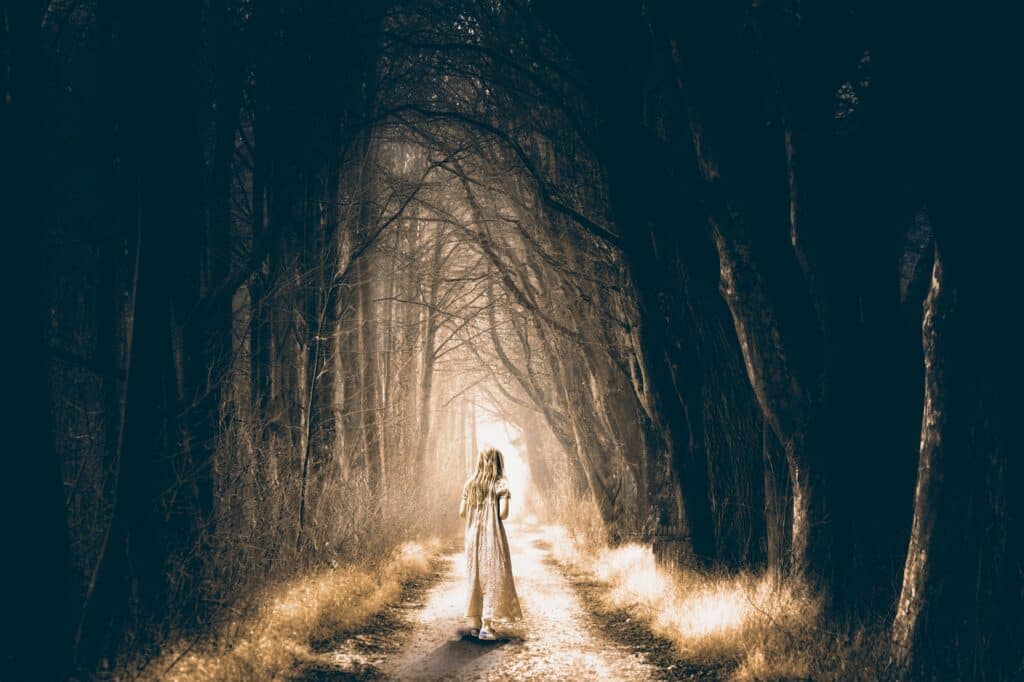
Ever since I was a child, I’ve been compelled by the otherness. By that vague and demanding “something” that radically differs from me and my surroundings. It’s not something completely unknown since I can reach out for it, hear it whisper, see it from the corner of my eye. I have a strong and vivid intuition of it. Moreover, for reasons not altogether clear to me, I need it in my life. In my youth I dug into history, into ancient times through books and documentaries. Later on, I traveled abroad and lived in different countries. To find the otherness. Despite of my industrious search, I didn’t succeed in it. All that I found, to my slight disappointment, was likeness. I was confronted by the sameness. People were the same everywhere in time and space.
Yet, the otherness exists. I can feel it. And its call has become even more compelling throughout the years. Evidently, the reason for this is that the otherness already is and has always been present in my life. It’s not somewhere out there. It’s everywhere. On my travels in time and space I noticed that the experience of otherness is profoundly universal and it has found its most remarkable expressions in arts and religions. I realized as well that many of these artistic and religious expressions have an air of aloofness or fear in them. This I too recognize from my life.
Fear seems quite often be the marker for the otherness. I don’t think the otherness in itself is something to be feared of but it has a ring of fear around it. There are many kinds of fears. Everyday stress causing fear is due to the fact that there quite a few things in our lives that we have no control over. We worry for tomorrow and for our loved ones. Also, there is what I’d call brutal fear. It’s the fear for one’s life, the fear that another person will hurt us or kill us. According to my experiences, these fears differ significantly from the fear that marks the otherness. I began to understand this specific experience of fear through art both by making it myself and most explicitly, when gazing at the paintings by a Finnish artist Helene Schjerfbeck and a French artist Séraphine de Senlis.
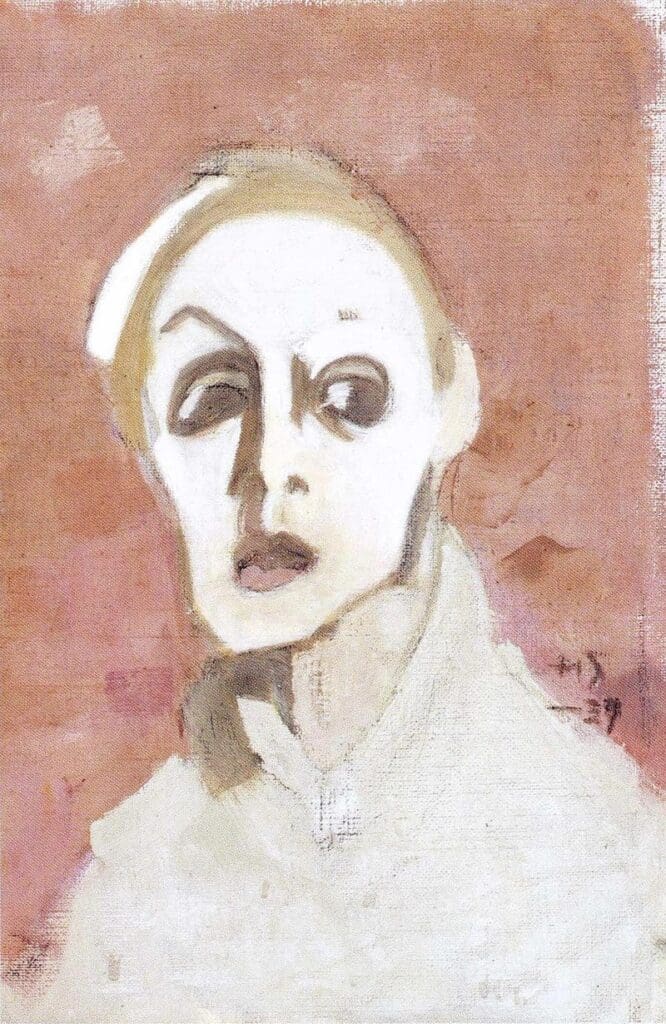
Helene Schjerfbeck (1862–1946) painted a series of bewildering self-portraits. Instead of being presentations of her own person or of her personal life, her self-portraits are gateways into the nameless part of our existence. At least to me they are. The paintings are very plain and they get even plainer in the passage of painter’s life. The last self-portrait is nothing but few coal lines. The colors are dim and earthy like Finnish November before the snow or light and earthy like Finnish April before the green. There are many portraits and yet, there is only one. And when looking at it I’m looking at me.
The nameless face calls slowly the fear from the hidden stillness of me. First peaks out an uncomfortable feeling followed by the will to flee. Nevertheless, I remain standing in front of the face and the bare fear reveals itself in full. It is not certain which is the one that thralls me, the painting or the fear. The portrait isn’t threatening or violent. It is not meant to scare you like horror movies; it just uncovers you. It uncovers me and those parts of my existence that dwell in the darkness and stillness. I’m overwhelmingly close at seeing the vastness and finiteness of me. And I feel fear. I’m afraid of not understanding but also, of understanding me.
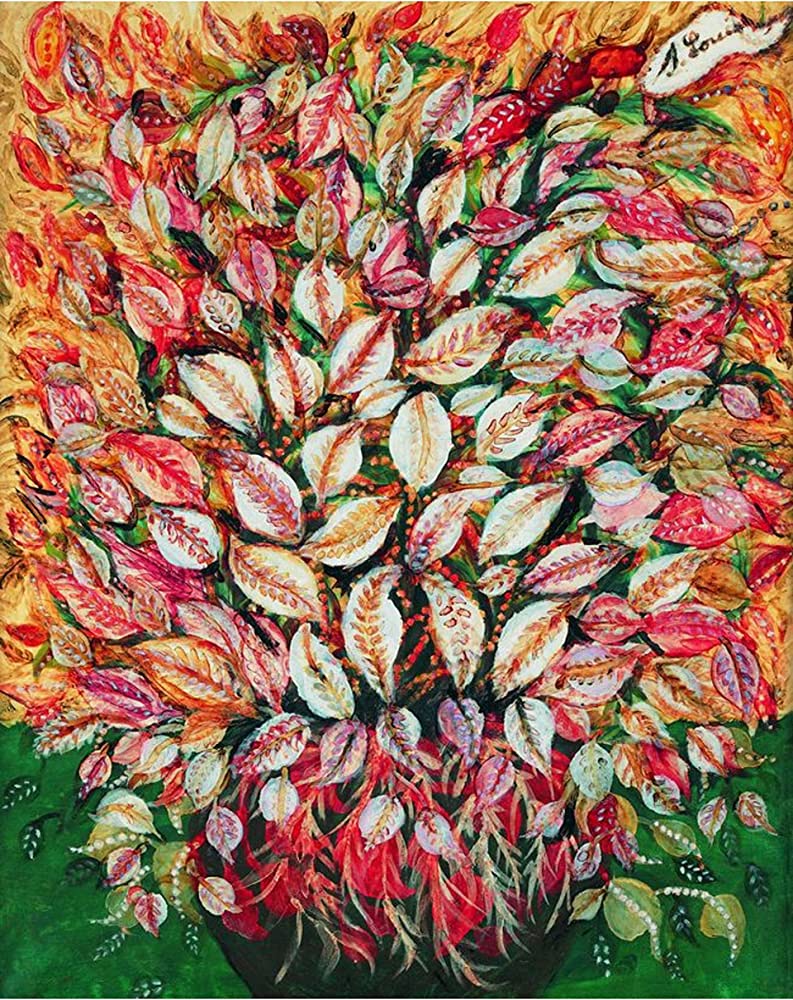
The paintings of Séraphine Louis, Séraphine de Senlis (1864 – 1942) are even more disturbing though they aren’t meant to be it either. Séraphine painted fruits, flowers and trees and from the distance that is all that they seem to be. Almost. Approaching them, entering further inside their world throws you definitely off your balance.
Inside their figures and colors, I am in a world where things aren’t the same any more. Everything is somehow off and at the same time, deeper and more profuse. I feel myself profoundly intensely off. My ability to understand is eradicated, it plays no role anymore. Understanding is meaningless. This causes horror in me. I’m left alone without the help of my reason or my ability to see things in a meaningful way. The intensity of existence is all that matters. I’ve no choice but to let the fear dwell in me as if it was an integral part of me, not something that appears occasionally or accidentally. Fear is a place in me because I exist. It is in the intensity of my existence.
I could try to further analyze these encounters of mine with the art of Helene and Séraphine in a more exact way in order to better control my experiences, to explain them. But by doing so, I would be undermining my experiences and the paintings and most certainly, I would be undermining the intensity of my existence. My experiences and the art tell the truth. Therefore, I leave all the possible further analyses into nothingness where they belong to. All that matters is the fear and the otherness in me that I can find in the paintings. The otherness is an ample and thoroughly profound part of my existence. I feel fear and awe when standing on its threshold, when stepping deeper into it.
Featured image by ; Image of woman in forest by Wikipedia; Feuilles by Seraphine Lewis, 1928, Wikiart, public domain | The AutoEthnographer
Ulla-Maija Matikainen is a Finnish poet and writer who has lived in Europe, Asia, and Africa. After earning an MA in Cultural History and MSc in Political Science, she worked in Finnish embassies and taught/conducted research in Finnish academia. Recently, she has been concentrating on writing poetry. Her philosophical interests are existentialism and phenomenology, particularly Merleau-Ponty, as well as the philosophy of language. Ulla-Maija thinks that artistic expression holds one of the most important positions in the learning process; as a poet, she hopes to convey and share her own search with others through her poetry. Besides poetry, her most beloved way of self-expression has long been dancing but she also enjoys listening to music. Ulla-Maija speaks English and French fluently, dreams in Italian, manages her Swedish and German, and to her own astonishment, hasn’t forgotten everything she has learned of Russian. Ulla-Maija believes that speaking another language and encountering different cultures as well as our own historical background enriches us.


